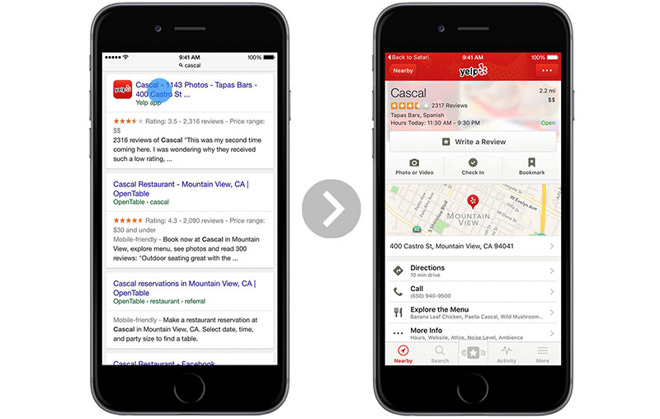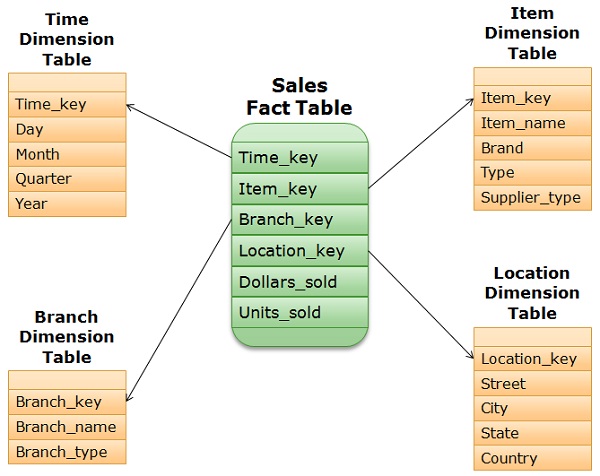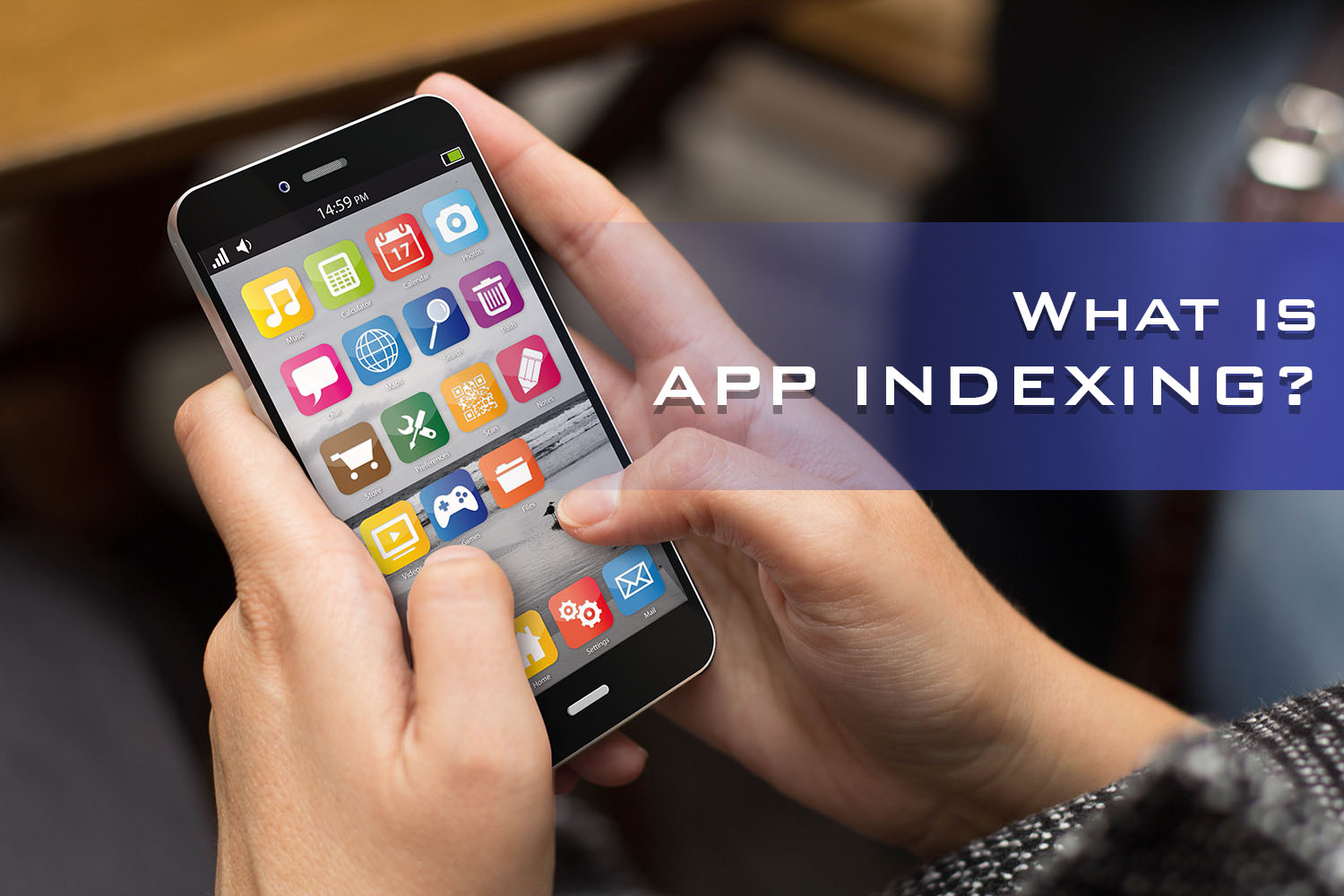What is App Indexing?
What on earth is app indexing? Have you heard about it? Yes? No? Well, don’t worry about it; it’s very simple. App indexing happens when Google deploys spiders to crawl through web pages to hunt for new and updated information. They crawl around the web and retrieves relevant information according to the user’s search query. Think of it as showing people the newest and latest magazine rather than an old, dingy book from 10 years ago! Since information is constantly updated every day, it helps Google decide what to show the user on the search results page.
(Psst! New and fresh content is always good! *Wink, wink*)
In 2013, Google deployed its army of spiders to crawl websites and mobile websites. However, things have changed, and the company tells its army of spiders to scan apps, and that’s where app indexing comes in. Huh?
How does App Indexing work?
Sure thing! These spiders read through the app’s sitemap file or Google Webmaster Tools. Now, here’s the cool part; when a user searches for stuff on the results page, they might see something like this:

The first result shows an app. When tapped, it redirects into a corresponding page in the app. Such actions are only applicable if the user has the same app installed on their mobile phone. Furthermore, deep links give the user a seamless user experience without a hiccup. Pretty cool, right?
However, Google can’t crawl apps if the app doesn’t have something called deep links.
What are Deep Links?
A deep link is a type of link inserted in the app that directs the user to a specific page in the app rather than landing on the homepage. Each deep link lands on a different page, and it’s dependent on where you put it. However, to do that, Google needs to know what your app is about and here’s what you need to do to get recognized:
- For Apple devices, set up Universal Links, a single URL used to open a specific page on a website that corresponds with the app.
- For Android devices, add in Google App Indexing API.
- Map out each webpage to their corresponding app pages using a rel=alternate link on every individual page or use (my favorite!) Schema markup.
Having Schema around isn’t a bad thing; in fact, it’s a type of tag that tells Google about you. It allows spiders to scan your content and pull up the most relevant results to display to the user. The code’s very easy to configure, albeit, very time consuming, but SUPER rewarding!

What’s the Point of Indexing the App Anyway?
Why should I care? Having your apps indexed completes the customer journey. According to stats, about 48% of consumers start their search via mobile, and with app indexing, it’s more likely customers will find you.
What about other search engines? Do they implement app indexing too? You bet. Microsoft Bing allows developers to link app content to their results and hopes to one day build a large index of apps and app actions. The idea is supposed to allow users to get better results on iOS and Android platforms rather than just on Windows 10.
Conclusion
The world’s changing, and it’s changing fast. In theory, at least everyone has at least 40 apps installed on their phone, and most likely, they’re not looking to install more. Thus, with the help of app indexing, it gives brands the opportunity to acquire new customers without paid efforts. On the flipside, customers are not required to install new apps to access information. When customers find the interface informative and easy-to-use, they’ll commit to download the app and become loyal customers in the long run.
Sincerely,
Narisa (The Wordsmith)

